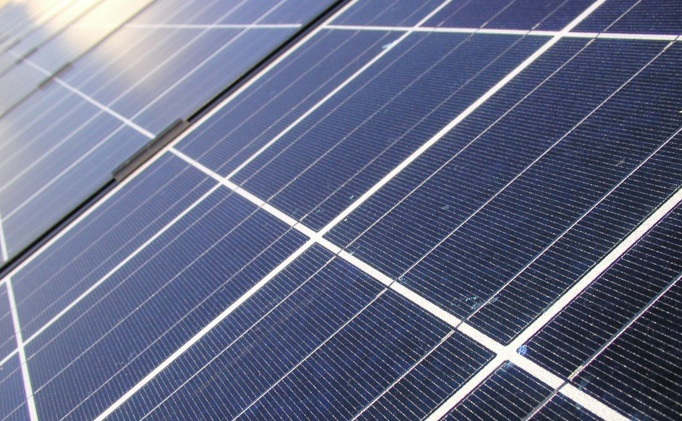The combination of LED light bulbs and solar power is improving the quality of lives in Africa. Across the continent, 70% of people have to manage without electricity from a power grid. They have had to rely on sub-standard lighting from candles and fuels such as paraffin. LED light bulbs and solar power are changing this.
There are various LED and solar power projects in Africa. What they have in common is the determination to use the continent’s abundant sunlight and convert this to electricity as cheaply as possible. This electricity provides the power for energy-efficient LED light bulbs.
Solar LED lamps
The Lighting Africa project, funded by the World Bank, supports the distribution and use of solar-powered LED lamps. These are cheaper to use than paraffin lamps or candles.
By saving money with LED light bulbs, people can buy much-needed food, education and health care.
The Solar and LED Energy Access Programme
The Solar and LED Energy Access Programme (SLED) builds on the success of Lighting Africa. The aim of SLED is to give 10 million people access to better lighting over a five-year period.
SLED’s approach to LED light bulbs and lighting improvements has five aspects:
- Consumer education
- Policy
- Market intelligence
- Finance
- Quality assurance
SLED also intends to move beyond Africa and take solar-powered LED light bulbs to Asia.
Other African LED projects
Since 2009, Philips Lumileds has made solar-powered LED light bulbs available in Africa and elsewhere on a project basis. The LED light bulbs are in the form of portable floodlights. They light up large areas for up to eight hours at a time. By so doing, they give adults and children opportunities for sport, education and commerce after dark. Which goes to show LEDs are improving the quality of life for people from all corners of the world, not just the wealthier nations.
Date: April 2, 2012
Tags: led light travel
The combination of LED light bulbs and solar power is improving the quality of lives in Africa.




